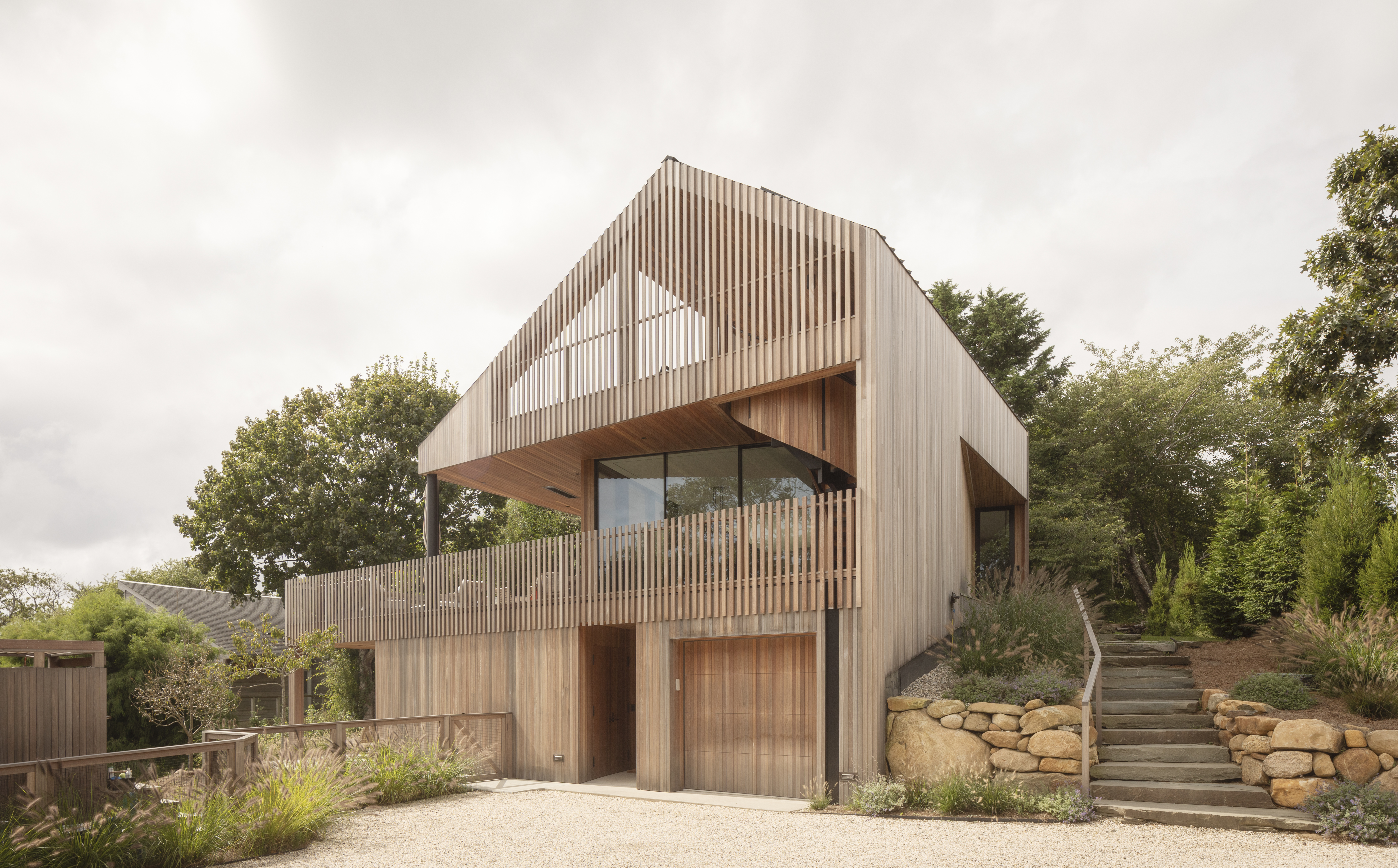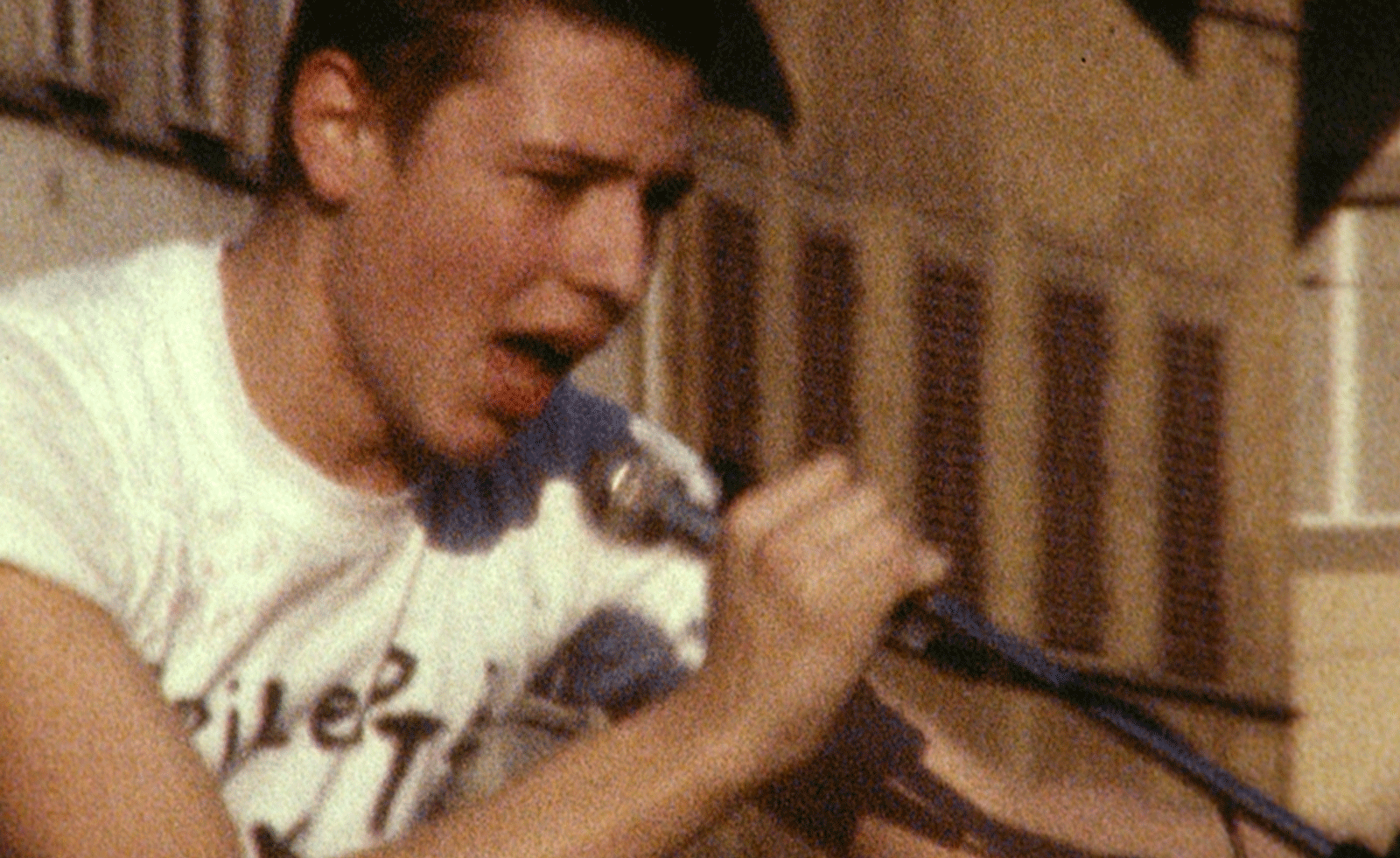British mosques explored: 2021 Venice Architecture Biennale preview
Previewing the 2021 Venice Architecture Biennale, we catch up with Shahed Saleem, one of the curators at the Applied Arts Pavilion Special Project. Titled ‘Three British Mosques', this exciting collaboration between La Biennale di Venezia and London's Victoria & Albert Museum focuses on adapted mosque spaces in London

With the 2021 Venice Architecture Biennale launch approaching, we catch up with author and architect Shahed Saleem, one of the curators at the Applied Arts Pavilion Special Project, a collaboration between La Biennale di Venezia and London's Victoria & Albert Museum. The project, which will be part of the Arsenale displays, is titled ‘Three British Mosques', and looks into ‘contemporary multiculturalism through three adapted mosque spaces in London'. Our discussion spans from religious spaces to visitor experience at the display, which is set to open on 22 May in Venice.
W*: Tell us about this year's special V&A project at the biennale. What attracted you to explore this particular theme?
Shahed Saleem: I've been studying and designing mosques in Britain for over a decade, so when the V&A approached me to develop my work into an exhibition for the biennale, it seemed a meaningful response to this year’s theme of ‘How will we live together?’, because it is about how different cultures and communities can coexist side by side.
W*: How did you choose your three case studies?
SS: Mosques in Britain are mostly created through the adaptation of existing buildings, and these three case studies exemplify this.
The house-mosque is the simplest form of mosque, where domestic space is altered to become religious, and this is vividly illustrated in the Harrow Mosque. Many of the earliest mosques were made from houses, as they were the easiest type of building to acquire. Historically, many other minority religious communities in Britain created their first places of worship from house conversions, such as Nonconformists and Jews a hundred years previously. So the house mosque is a continuation of this tradition.
Brick Lane Mosque represents the re-use of a former religious building. Again, many mosques have been made in this way, as religious space lends itself to easy re-use for Muslim worship. Brick Lane Mosque has a unique religious history: it was built as a Protestant Church, was then a Methodist chapel, followed by a synagogue, before it became a mosque. It shows how religious uses can layer themselves into one architectural space.
Old Kent Road Mosque was a former pub. It shows how the existing decoration and features of the pub have been adapted to become part of the mosque language. This combination of aesthetics and styles is a feature of adapted mosque buildings, where a new Islamic visual language emerges through the hybridisation of cultural references.

Image depicting the Harrow Mosque
W*: What attracts you to an adapted mosque structure like your case studies? What excites you in this type of mosque?
SS: These buildings are mostly self-designed, and in many cases self-built by the community who have established them. The design decisions are often rooted in the memories and visual culture of these communities. The design process is often ad hoc and collaborative, so it's a very democratic process with decisions made as the work progresses. The needs of the mosque are also continuously changing as the community grows and evolves. So this type of architecture is quite organic and improvised, and highly responsive to the needs and emotions of the community that uses it. I find this very exciting as it throws up new and unexpected design juxtapositions, and new symbolic and architectural meanings.
W*: Assuming adapted mosques are not unique to the UK, are there any international examples that really stand out to you?
SS: Adapted mosques are characteristic of the Muslim diaspora in Western countries, so you see them as the main mosque typology across northern Europe and the US. I find that some of the most striking are in former religious buildings or large spaces. One that stands out in my mind is the Fatih Mosque in Amsterdam, set in an imposing and elegant brick former Catholic church dating from the 1920s.
W*: What would you like the visitor to take away from the exhibition?
SS: I'd like the visitor to feel that they have gained a familiarity with the mosque and have physically engaged with these buildings. Through this I hope that people can further appreciate the inventiveness and richness of the architectural and aesthetic decisions that the mosque congregations have made in the creation of these unique places of worship.
Receive our daily digest of inspiration, escapism and design stories from around the world direct to your inbox.

Interior detail of Old Kent Road Mosque

Mihrab at Harrow Mosque, set in a converted house

Men's prayer hall at the Brick Lane Mosque, a building that has been adapted for use by various faiths over time
INFORMATION
‘Three British Mosques’, Sale d’Armi A, Arsenale, 22 May – 21 November 2021
Ellie Stathaki is the Architecture & Environment Director at Wallpaper*. She trained as an architect at the Aristotle University of Thessaloniki in Greece and studied architectural history at the Bartlett in London. Now an established journalist, she has been a member of the Wallpaper* team since 2006, visiting buildings across the globe and interviewing leading architects such as Tadao Ando and Rem Koolhaas. Ellie has also taken part in judging panels, moderated events, curated shows and contributed in books, such as The Contemporary House (Thames & Hudson, 2018), Glenn Sestig Architecture Diary (2020) and House London (2022).
-
 An ocean-facing Montauk house is 'a coming-of-age, a celebration, a lair'
An ocean-facing Montauk house is 'a coming-of-age, a celebration, a lair'A Montauk house on Hither Hills, designed by Hampton architects Oza Sabbeth, is wrapped in timber and connects its residents with the ocean
-
 Chef Matt Abé steps out solo with Bonheur in Mayfair
Chef Matt Abé steps out solo with Bonheur in MayfairA former fine-dining institution is transformed through a study of light, tone and materiality, courtesy of Russell Sage Studio
-
 A forgotten history of Italian artists affected by the HIV-AIDS crisis goes on show in Tuscany
A forgotten history of Italian artists affected by the HIV-AIDS crisis goes on show in Tuscany‘Vivono: Art and Feelings, HIV-AIDS in Italy. 1982-1996’, at Centro per l'Arte Contemporanea Luigi Pecci in Prato delves into the conversation around the crisis
-
 This tiny church in Denmark is a fresh take on sacred space
This tiny church in Denmark is a fresh take on sacred spaceTiny Church Tolvkanten by Julius Nielsen and Dinesen unifies tradition with modernity in its raw and simple design, demonstrating how the church can remain relevant today
-
 Porsche and the Norman Foster Foundation rethink the future of mobility
Porsche and the Norman Foster Foundation rethink the future of mobilityA futuristic Venice transport hub, created with the Norman Foster Foundation for Porsche’s The Art of Dreams programme, is a star of the city’s Architecture Biennale
-
 Want to be a Venice pavilion commissioner? Bring ideas – and your Rolodex
Want to be a Venice pavilion commissioner? Bring ideas – and your RolodexThe impressive showings of the USA's Venice pavilion in the Giardini belie the ambitious fundraising efforts that underpin them. Past and present curators tell us how it works
-
 The 2025 British Pavilion in Venice offered up a Geology of Britannic Repair
The 2025 British Pavilion in Venice offered up a Geology of Britannic RepairThe 2025 British Pavilion in Venice is curated by an Anglo-Kenyan team of architects and designers; titled 'GBR: Geology of Britannic Repair', it explores the landscape of colonialism, its past, present and futures
-
 Sustainability underpins new Rolex Pavilion at the Venice Architecture Biennale
Sustainability underpins new Rolex Pavilion at the Venice Architecture BiennaleDesigned by architect Mariam Issoufou, the Rolex Pavilion is full of sustainably-minded soul – here’s what to expect from the building and the exhibit
-
 From 3D printed mud homes to portable kitchens, in Venice, we explore new ways to co-exist with our planet
From 3D printed mud homes to portable kitchens, in Venice, we explore new ways to co-exist with our planetAt Palazzo Diedo a new exhibition by MIT Architecture and Antikythera questions how construction is currently understood in order to ‘rebuild’ our world, for 19th Venice Architecture Biennale
-
 The 2025 US Pavilion at the Venice Architecture Biennale asks visitors to gather round
The 2025 US Pavilion at the Venice Architecture Biennale asks visitors to gather round‘PORCH: An Architecture of Generosity’ is a celebration of togetherness
-
 Behind the design of national pavilions in Venice: three studios to know
Behind the design of national pavilions in Venice: three studios to knowDesigning the British, Swiss and Mexican national pavilions at the Venice Architecture Biennale 2025 are three outstanding studios to know before you go